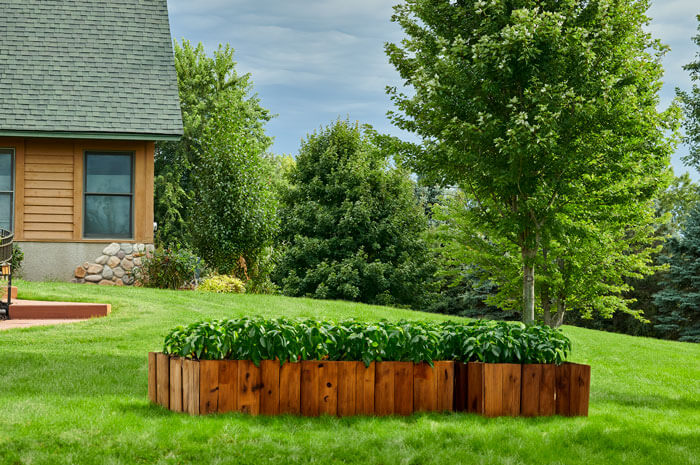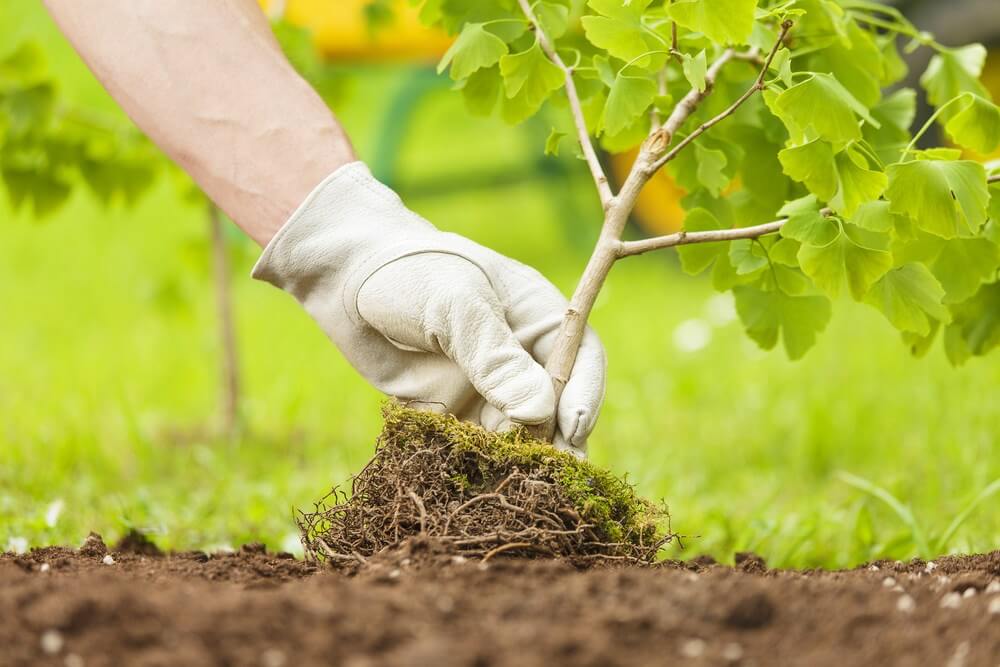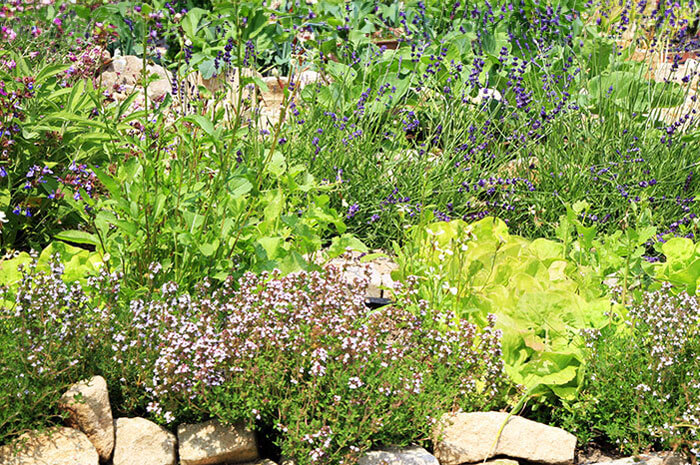
So you’ve caught the bug and are ready to start your own backyard gardening oasis. But how? Have you also considered when? Or where? These questions can seem daunting. Answering them will set your new garden up to be healthy and productive throughout your growing season.
Plan, Then Plant
The first step for starting a successful backyard garden? Resist the temptation to immediately go dig up your grass and begin planting seeds! The second step is to put together a plan that includes:
- The plants you want to grow—and what they need to thrive
- Where your garden is going to go
- Garden containment
- When to start planting
There are plenty of variables and questions that will crop up as you continue to garden. Having a solid plan in place at the start will set you up to handle any curveballs mother nature throws your way.
What Do You Want to Grow?
When starting your backyard garden, the vast majority of the vegetables that you plant should be ones that you love to eat already. Adding a few new plants that you want to try out is a good way to try something new. However, by planting mostly foods that you know and enjoy, you’ll naturally be more invested in caring for your garden. Plus, you’ll have a more innate understanding of the quality of your produce after harvesting.
Even if you turn a small piece of your backyard into a garden, don’t feel like you have to limit the list of what you want to grow. Odds are you’ll have a mix of cool- and warm-season veggies that can be planted successively, or at the very least you’ll have a head start on what you’d like to try next growing season.
Finding the Perfect Garden Location
When choosing where you want to start your garden, there are a few main factors that you should take into account.
1. Light
Your garden needs sunlight. But how much? It all depends on what you grow. Sun-loving plants like tomatoes and cucumbers will need at least six hours of direct sunlight. Many vegetables thrive in lots of direct sun, but a few like kale, spinach and some root vegetables are happy with partially shady conditions. If you have to pick between a sun-bathed spot and one that gets a little more shade protection throughout the day, go for the sunnier location. You can always add shade cloths to your garden. It’s much harder to give it more sun.
2. Space
Start with a small plot, even if you have grand designs of a tiny farm in the future. Starting to garden in a manageable area will keep your garden from running wild and becoming frustrating. Starting small also means your household won’t be overwhelmed with more vegetables than you can eat.
3. Soil
If you are going to plant directly into your backyard soil, conducting a soil test is one of the best things you can do when picking the perfect spot to start your garden. A soil test will tell you the pH, nutrient levels, texture and organic matter amounts. Having this information can inform the vegetables you plant or direct any soil amendments you need to add to help your garden thrive.
4. Water source
Starting your garden close to a water source will save you time, water and effort. All of which can add up over the course of your growing season. If the one perfect spot in your backyard isn’t close to a water source, there are solutions like rain barrels, drip irrigation systems and soak hoses, among others. But if you have the choice between gardening close to water or far away, it’s always best to start as close to your water source as possible.
Containing Your Garden
It doesn’t matter if you are planting directly in your soil, using pots or gardening in raised beds, containing your garden will help keep down pests and make it easier to work with. Create a distinct separation between your garden and the rest of your yard with things like paths or carefully maintained lawn. These separations make it more difficult for weeds to invade and easier for you to move around your garden and work with your plants.
When to Start Planting
The best time to start planting in your garden depends on your climate, the types of vegetables you are planting and if you are planting from seed or getting nursery plants. To ensure the best results, invest in a soil thermometer or consult a planting calendar for your area to help keep you from planting at the wrong time.
Cool-Season Vegetables
Plant these in early spring as soon as the soil is warm enough to support them. Keep in mind that even cool-season vegetables won’t thrive if you plant too close to the last frost. Planting when the soil temperature is too low for germination and the soil is saturated with water can lead to rotting seeds and seedling roots.
Warm-Season Vegetables
Wait until the temperatures are consistently warm enough for warm-season vegetables to thrive. This is usually in late spring or early summer. Even transplants from nurseries or greenhouses won’t do well in soils that are too cold and your crop will suffer in quality and quantity.
Above All, Enjoy the Process and the New Garden
There’s always something new to learn about gardening, from companion planting to successive sowing to building your own garden boxes and much more. Ultimately, the best thing you can do when first starting a backyard garden is to keep it simple and enjoy the process. When you let joy drive your gardening, the winter will seem shorter and you’ll be motivated to keep gardening come next spring.



